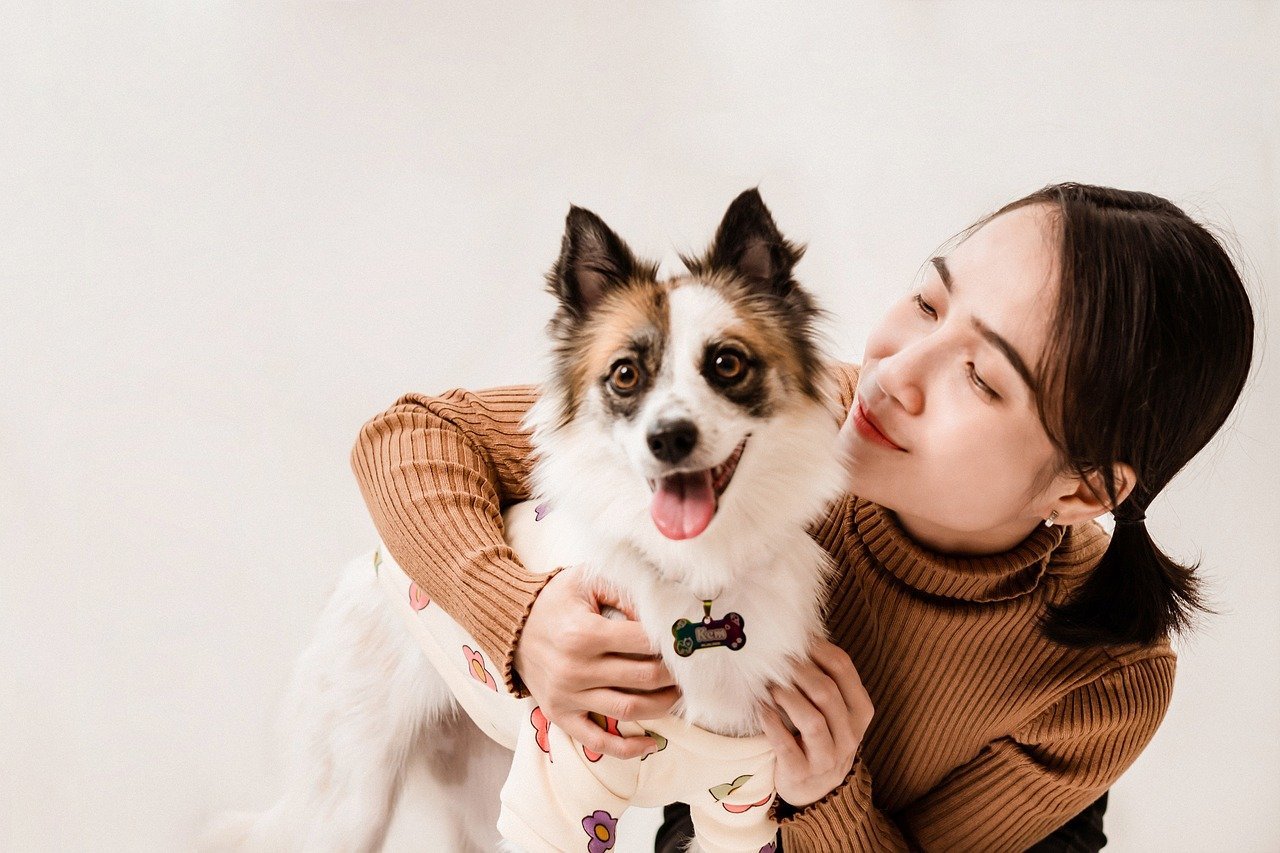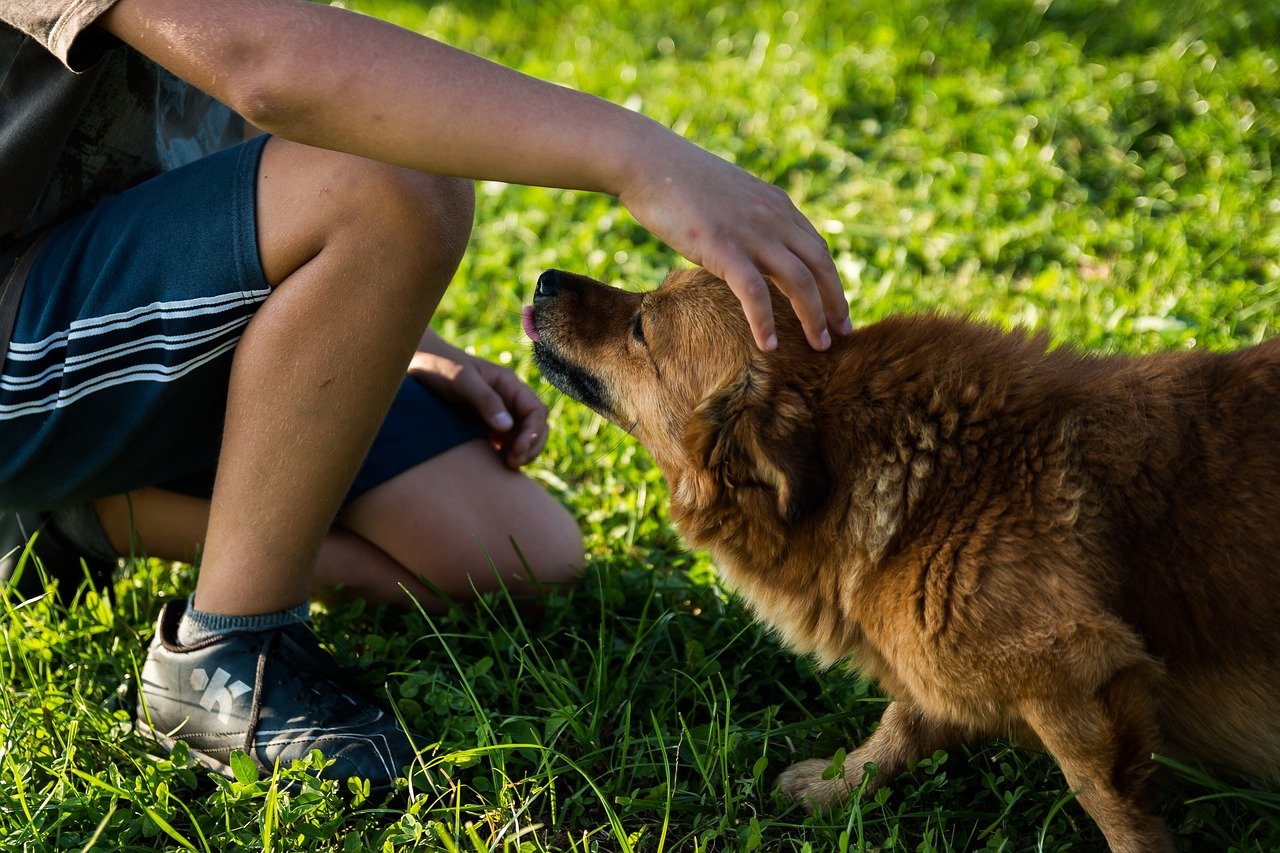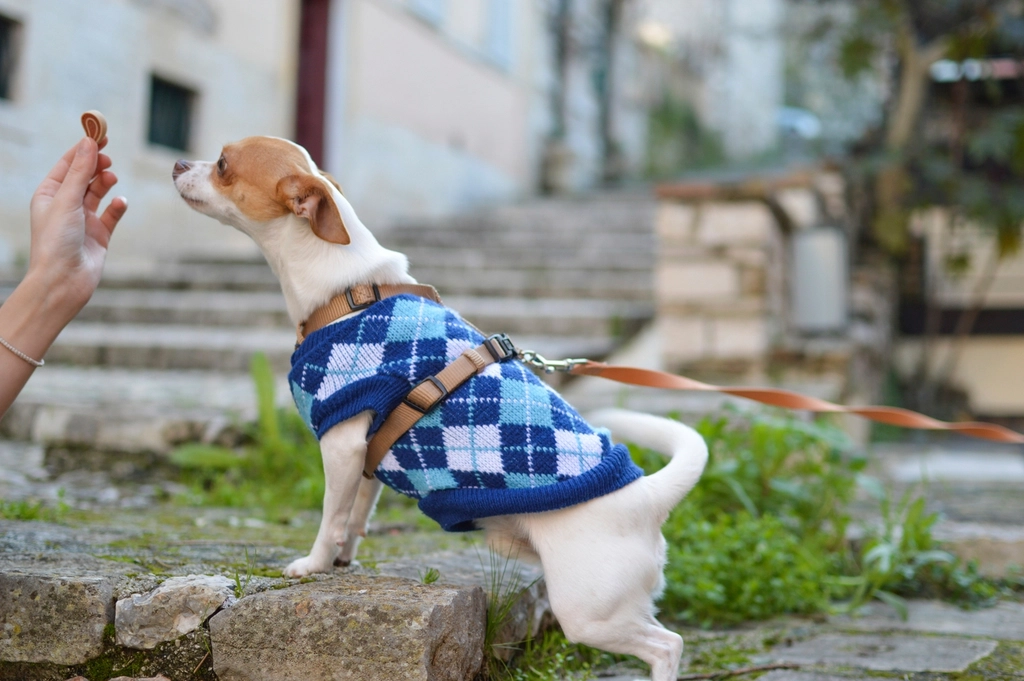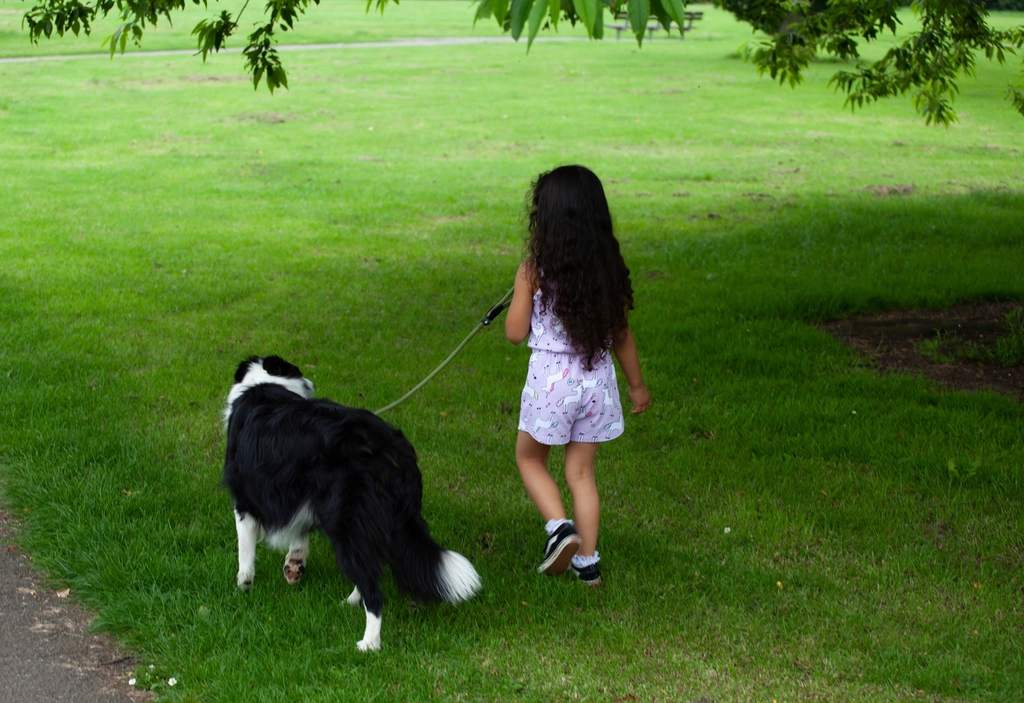Have you ever watched the pure joy on a child’s face when they first meet a wiggly, friendly puppy? There’s nothing quite like it. But behind those wagging tails and heart-melting eyes lies a world of responsibility, understanding, and care that every child should know about. Teaching kids essential dog facts isn’t just about preventing a few chewed-up shoes—it’s about nurturing empathy, safety, and a lifelong bond with animals. If you want your child to grow up with a loving, respectful relationship with their furry friends, these ten dog facts are absolutely crucial. Let’s dive into what every kid needs to understand about dogs to create a happy, safe, and fun friendship.
Dogs Have Feelings, Just Like Us
Dogs aren’t just furry toys—they have real emotions! Just like people, dogs can feel happy, scared, excited, or even sad. Imagine how you feel when you’re left out or when someone gives you a big hug. Dogs can experience those same feelings. When your dog’s tail is wagging and their eyes light up, it usually means they’re happy to see you. But if they’re hiding, whining, or tucking their tail, they might be scared or nervous.
Teaching your child to recognize these emotions is super important. It helps kids treat dogs with kindness and respect, instead of accidentally scaring or upsetting them. Encourage your kid to talk gently, move slowly, and always look for signs of how the dog is feeling. This simple lesson goes a long way in keeping both your child and your dog happy and safe.
Not All Dogs Like to Be Hugged

It’s so tempting to wrap your arms around a fluffy pup, but not all dogs enjoy hugs. Many dogs see hugging as a form of restraint and can become uncomfortable or even scared. While some family dogs might tolerate or even like hugs, others may feel trapped and react by moving away or growling.
Explain to your child that dogs have their own ways of showing affection, like licking, wagging, or leaning gently against someone. Instead of hugging, show your kid how to offer gentle pets or scratches behind the ears. This helps kids learn to respect a dog’s boundaries, and it keeps everyone safe and happy during playtime.
Always Ask Before Petting Someone Else’s Dog

It’s easy for children to get excited when they see a dog in the park or at a friend’s house. But not every dog is friendly with strangers, and some may be nervous or shy. That’s why it’s important to always ask the owner for permission before petting any dog.
Let your child know that some dogs might be working, resting, or simply not in the mood to meet new people. By asking first, your child learns to respect both the dog and its owner. This simple habit can prevent accidents and teaches kids the importance of good manners around animals.
Dogs Communicate With Their Bodies
Dogs are masters of body language. They might not use words, but their tails, ears, eyes, and posture can say a lot! For example, a wagging tail can mean happiness, but if it’s stiff and high, it might mean the dog is on alert. Flattened ears or a tucked tail usually show fear or anxiety.
Help your child learn these signals so they can better understand what a dog is “saying.” You could even play a game of “dog charades,” acting out different dog moods for your child to guess. This makes learning fun while helping your kid stay safe and respectful around dogs.
Every Dog Has Their Own Personality

Just like people, every dog is unique. Some dogs are super energetic and love to play fetch for hours, while others prefer snuggling on the couch. Some are outgoing, while others are shy or cautious around strangers. Your child should know that not all dogs will act the same, even within the same breed.
Encourage your child to get to know each dog as an individual. Remind them that it’s okay if a dog doesn’t want to play or is a little shy at first. Being patient and gentle helps build trust, and teaches kids that friendship takes time and understanding—whether it’s with people or pups.
Dogs Need Exercise and Play
Dogs aren’t couch potatoes—they need plenty of exercise and playtime to stay healthy and happy. A bored dog can become restless or even destructive. Daily walks, games of fetch, or even a romp in the backyard help burn off energy and keep their minds sharp.
Make exercise a fun family routine. Encourage your child to join in on dog walks or help throw a ball in the yard. This not only keeps the dog active but also strengthens the bond between your child and their furry pal. Plus, kids learn the importance of caring for another living being and the value of regular activity.
Dogs Need Proper Food and Water
It might sound obvious, but taking care of a dog’s basic needs is a huge responsibility. Dogs need fresh water every day and a balanced diet that’s right for their size and age. Feeding them table scraps or the wrong foods can actually make them sick—did you know chocolate and grapes are dangerous for dogs?
Teach your child why it’s important to feed dogs the right food and keep their water bowl full. You can make this a daily chore your child helps with, turning it into a learning experience. This helps kids understand that caring for a dog goes beyond just playing—it’s about meeting all their needs.
Cleanliness Is Caring
Dogs might love rolling in mud, but they still need regular baths and grooming. Brushing their fur helps keep it shiny and free from tangles, while bathing gets rid of dirt and bad smells. Even teeth need cleaning to prevent health problems.
Involve your child in simple grooming tasks, like brushing or helping with bath time. Show them how these routines keep their dog healthy and comfortable. When kids participate, they feel more connected to their pet, and they learn that real love means taking care of the messy stuff, too.
Never Disturb a Dog That’s Eating or Sleeping
Imagine someone interrupting your dinner or waking you up from a deep sleep—you probably wouldn’t like it! Dogs feel the same way. Dogs can be startled or protective when they’re eating or resting, and even the gentlest dog might snap if they feel threatened.
Teach your child to give dogs space during mealtimes and naps. This is one of the simplest ways to prevent bites and build respect. You can even make up a silly rhyme together, like “Let sleeping dogs lie, and give eating dogs a try… at being alone!” It’s a fun way to remember an important rule.
Dogs Rely on Us for Safety and Love

Dogs aren’t just pets—they become part of the family and rely on us for everything. They trust us to keep them safe, fed, and loved. Remind your child that owning a dog isn’t just fun; it’s a big responsibility. Whether it’s keeping the yard safe, going to the vet, or making sure the dog isn’t left alone for too long, every little act of care matters.
Encourage your child to help with daily dog tasks, like filling the water bowl or joining vet visits. This builds a sense of pride and shows them that their actions directly affect the happiness and wellbeing of their furry friend. When kids understand how much dogs depend on us, they grow up to be more compassionate and thoughtful—qualities that last a lifetime.

Esther is from India; the heartbeat of South Asia, holding a Master’s degree in Zoology and a postgraduate diploma in Animal Welfare. Her enthusiasm for animal welfare drives her passion and dedication to working for animals, ensuring their well-being, and advocating for their rights. With a solid academic background and hands-on experience, she is committed to making a positive impact in the field of animal welfare. In her free time, she enjoys embroidery and sewing. As a Chennaite from Tamil Nadu, Esther loves Bharathanatyam, an Indian classical dance form.





